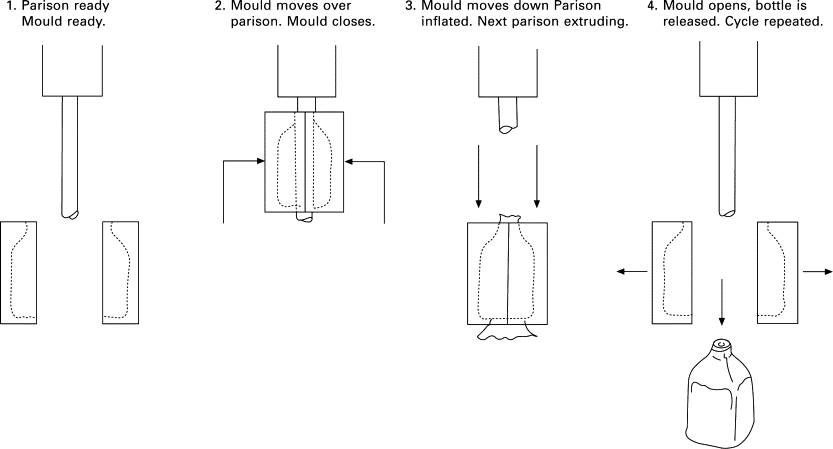In the blow molding process, the closure of molds is a critical step that ensures the proper formation of plastic products. However, the occurrence of loud impact noises during mold closure can be a cause for concern, impacting both the equipment and the final product quality.
This article aims to explore the reasons behind the generation of significant impact noise during mold closure and propose effective solutions to mitigate this issue.
Causes of Impact Noise during Mold Closure in Blow Manufacturing Machines:
1. Misalignment of Mold Components:
– One common cause of loud impact noises is the misalignment of mold components. When the mold halves do not align perfectly during closure, it can result in forceful contact and generate noise.
2. Insufficient Lubrication:
– Friction between moving parts of the mold due to inadequate lubrication can lead to impact noises during closure. Insufficient lubrication increases resistance, causing a sudden release of energy upon mold closure.
3. Worn or Damaged Components:
– Wear and tear on mold components, such as guide pins, bushings, or locking mechanisms, can contribute to impact noises. Damaged parts may not function smoothly, leading to abrupt contact during closure.
4. Inconsistent Hydraulic Pressure:
– Uneven hydraulic pressure applied during mold closure can result in an uneven distribution of force, causing impact noises. Variations in pressure may be attributed to issues with hydraulic systems or control mechanisms.

Solutions to Reduce Impact Noise during Mold Closure:
1. Precision Alignment:
– Ensure precise alignment of mold components during closure. Regularly inspect and adjust guide pins, locking mechanisms, and other elements to guarantee proper alignment, minimizing impact noises.
2. Proper Lubrication:
– Implement a regular lubrication schedule for all moving parts of the mold. Adequate lubrication reduces friction, ensuring a smoother closure and minimizing the impact noise associated with resistance.
3. Component Maintenance and Replacement:
– Conduct routine inspections of mold components and promptly replace any worn or damaged parts. Regular maintenance extends the lifespan of mold components and reduces the likelihood of impact noises.
4. Hydraulic System Calibration:
– Calibrate the hydraulic system to ensure consistent pressure distribution during mold closure. Regularly check hydraulic components, such as valves and pumps, to identify and address any issues affecting pressure uniformity.
Addressing impact noise during mold closure in blow manufacturing machines requires a comprehensive approach, encompassing precision alignment, proper lubrication, regular maintenance, and hydraulic system calibration.
By implementing these solutions, manufacturers can not only reduce disruptive impact noises but also enhance the overall efficiency and longevity of their blow molding equipment.
This proactive approach contributes to the production of high-quality plastic products and a smoother manufacturing process.
